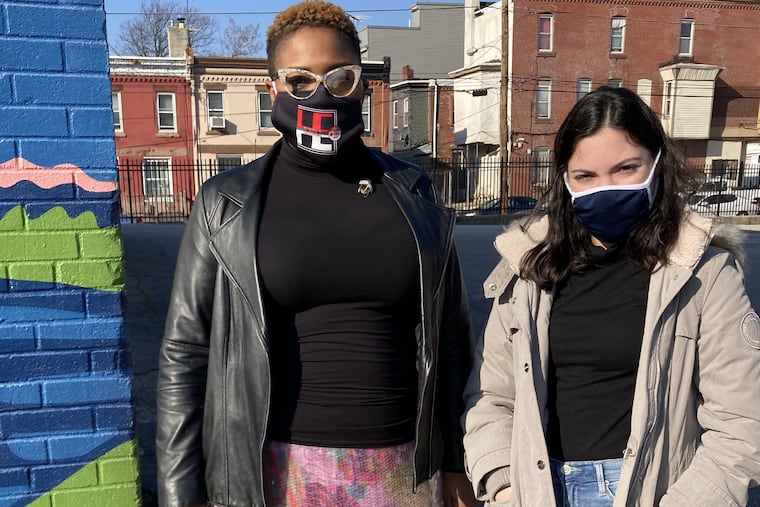Universities are schooling future architects to consider community and history as they design
Philadelphia area architecture schools have moved in recent years to train students to consider the “whats” and “whys” of the discipline, rather than just the “hows.”
